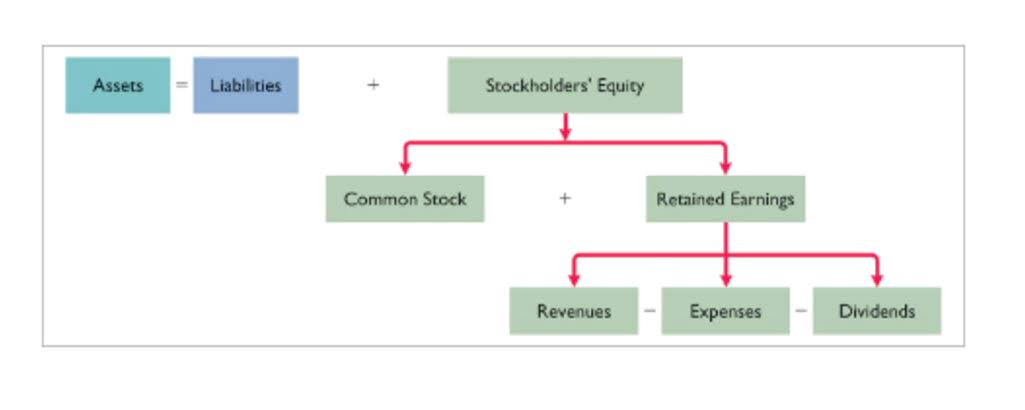
Technology is an important tool for responsible budgeting for nonprofits. But, there’s a place in the nonprofit universe for a surplus in the budgets too. They can mean the difference between surviving a rough patch and being forced to close down. Having extra cash can help stabilize your nonprofit and absorb an unexpected delay in receiving https://www.bookstime.com/ funds, a shortfall in revenue for a special event, or unbudgeted expenses. Monitoring your revenue and expenses should ideally become a part of your nonprofit’s organizational culture, something everyone is aware of and contributes to. Mark the events in everyone’s calendars, so that it becomes easier to repeat the process each year.
Help us connect, champion, and inform charitable nonprofits.
Use a format that lets you budget your activity per month rather than on an annual basis so you can track your monthly progress. You’ll be able to make adjustments earlier, like reallocating funds or planning to raise more revenue. Focusing on shorter average nonprofit budget time periods helps break down your monthly activities and account for special events or one-time costs. Budgets can be one of the most intimidating aspects of grantseeking and nonprofit management, especially for new projects or organizations.
Nonprofit Operating Budget vs. Capital Budget
- We leave this step until last because some funders, including many government funders, will not allow fundraising expenses to be charged to their grants or contracts.
- Articulate the main purpose of your budget and think about a structure that will best support that purpose.
- In fact, healthy nonprofits will do this to help fund 3-6 months of operating reserves.
- Whichever method you choose, know that can be dangerous to predict that you’ll have 100% success with all of your anticipated revenue.
- A benchmark is 80%, but it’s not a hard and fast rule, and depends on your organizational needs.
- Variable costs are directly tied to events, increasing or decreasing and changing with each situation.
This includes estimating the amount of money you expect to receive from donations, grants, fundraising events, and investments. Under the heading of expenses, boards need to focus expenditures on their programs and activities. Expenses include direct costs, such as the cost of hiring new staff, ordering supplies, providing brochures or other publications, ordering supplies and travel. Capital expenditures are expenses needed to acquire or maintain fixed assets, such as fixing or maintaining buildings, land and cars. Indirect costs, which are also called overhead, include things like utility bills, internet fees and postage.
- You may also have a situation where you created a budget for your organization in January and budgeted $8,000 for a summer event.
- Your nonprofit’s budget will be different, depending on the size, income and expenses of your organization.
- It’s also very important to the success of your programs that your revenue and expenses estimates are realistic.
- It’s important to budget because it helps the organization manage its funds in a more effective way.
- Capital fundraising via capital campaigns can help you secure the funds for these projects.
Budgeting for Nonprofit Organizations: Tips and Best Practices
Nonprofit organizations typically have a mix of funding sources, such as grants, donations, and program income. Each of these sources has its own advantages and disadvantages, and may require different levels of effort and resources to secure and manage. Then, in your operational budget for the year, you’ll include your $15,000 computer lab program expense. You’ll also need to determine how you’ll raise that funding and what sources of revenue will help you fund the project. Propel Nonprofits is an intermediary organization and federally certified community development financial institution (CDFI). For ASF, they know they have one donor that contributes a large amount in February, and another high-level donor in July.
- This should concisely reflect your core values and the change you aim to create.
- Also, because certain grants will be restricted to certain program areas (rather than general operating support), organize the budget so that each program area’s cost is easy to eyeball.
- Revising your budget means changing your original budget plan, which may require approval from your board or funders.
- We recommend reaching out to a trained nonprofit accountant to craft your budgets from year to year.
- Learn how to approach asking long-term funders for additional grant dollars to support your nonprofit’s operations with expert advice from Candid’s senior director of development.
- Otherwise, you won’t be able to accurately compare budgets from period to period.
Types of Nonprofit Budgets
You’ve averaged your expenses, calculated your income, and determined how much you can save on a monthly or annual basis. Aplos provides true fund accounting and budgeting with software that was created for nonprofits. It can save you time and money by tracking your finances accurately and efficiently.
Benefits to Budgeting for Nonprofits
This tracks the average amount of money raised per dollar spent on fundraising and shows how efficient your fundraising efforts are. This includes donations and fees for service, and any other products sold. If you are interested in working for a nonprofit, it’s helpful to understand the differences between nonprofits and find ways to translate your experience into a job with one.
- In the face of the “Great Resignation” and rising inflation, organizations are taking a second look at the size of their salary increase budgets.
- People tend to think that nonprofit employees shouldn’t make great salaries and that overhead is inherently bad.
- To counteract such challenges, you can use these five best practices to make your annual operating budgets more useful to all your stakeholders.
- Many funders will look at the budget component of your proposal before they read anything else.
- For example, if the organization’s major sources of income are donations and grants, then the budget may need to include funds for fundraising activities and grant writing.
- BoardEffect is a comprehensive, all-in-one secure platform for all you board meeting needs.
The budget should also include an analysis of all short-term, medium-term, and long-term financial forecasts. Nonprofits have to walk a fine line between funding their fundraising and funding their mission efforts—be sure to think through this balance carefully. Finding sponsors for your events can help you earmark a larger portion of your fundraising for your mission program expenses. As you walk through your event list, add the amounts you’ll need to make each one happen. Your nonprofit’s budget will be different, depending on the size, income and expenses of your organization. This will help ensure that your estimates are accurate and that you’re on track to reach your financial goals.

Join the fundraising movement!
Instead, it’s a living document that should be at the center of your organization’s financial activities. Best practices for nonprofit budgeting will cover most of the bases of responsible financial management. Be mindful that all nonprofits are unique, and your budget will reflect your nonprofit’s financial needs.
